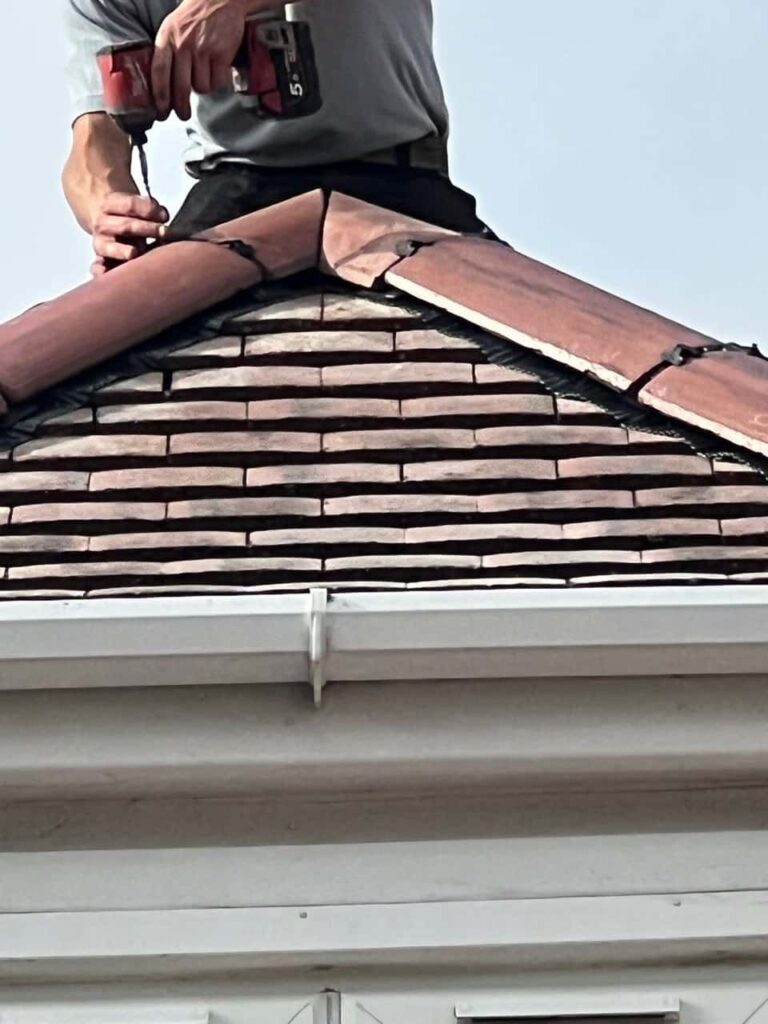Introduction
Roofs are often out of sight and, as a result, out of mind. Many homeowners in Eastleigh and across Hampshire don’t give their roofing a second thought—until something goes terribly wrong. Yet, some of the most expensive and disruptive roofing issues begin as minor, almost invisible faults. These are the silent roof problems: the ones that quietly worsen over time and lead to extensive, costly damage when left unchecked.
At Eastleigh Roofing Repairs, we believe prevention is better than cure. In this article, we’ll explore the hidden roofing issues that most homeowners miss and explain why early detection can save you both money and stress in the long run.
Minor Leaks That Lead to Major Damp
One of the most deceptive roofing problems is a slow, consistent leak. You might never notice it until it begins to stain your ceiling or create a musty smell indoors. But by the time those symptoms appear, the damage is already well underway.
Dangers of hidden leaks:
- Soaks insulation and reduces energy efficiency
- Encourages mould and mildew growth
- Weakens timber roof supports over time
- Causes internal staining and damage to plaster
Even a single slipped tile or a cracked flashing can allow rainwater to creep in over months, if not years. Regular inspections from a qualified roofer can stop this in its tracks.
Blocked Gutters and Poor Drainage
Many homeowners don’t realise the role gutters and downpipes play in protecting the roof structure. Blocked or broken drainage systems can cause water to back up under the roofline, affecting fascias, soffits, and even internal ceilings.
Why poor drainage causes issues:
- Increases moisture build-up in roof eaves
- Leads to wood rot around structural elements
- Encourages pest intrusion, especially insects and rodents
- Causes overflow that may erode brickwork and mortar
At Eastleigh Roofing Repairs, we regularly attend call-outs where a simple gutter issue has caused unexpected and wide-reaching damage across multiple areas of the home.
Faulty Flashing Around Roof Penetrations
Flashing is the metal material used around chimneys, vents, and skylights to create a watertight seal. When it fails, it may not be instantly obvious — there’s no gaping hole or fallen tile — but over time, water seeps into vulnerable areas.
Signs flashing might be failing:
- Damp patches around the chimney breast
- Small leaks appearing after heavy rain
- Moss or lichen growth around skylights
- Lifting or curling at flashing edges
Poorly installed or ageing flashing is a quiet offender — one that’s easy to miss, yet causes significant repair costs if left alone.
Ventilation Issues Causing Condensation
The roof space (or loft) needs to breathe. Without proper ventilation, warm indoor air gets trapped, condenses on cold surfaces, and leads to moisture build-up. Many homes suffer from this without ever realising that the issue starts with the roof.
Common ventilation-related damage:
- Damp insulation that no longer performs
- Mould on roof timbers and ceiling plasterboard
- Corrosion of metal fixings and nails
- A distinct smell or stuffy air in the loft
Homeowners often misattribute these problems to plumbing or external walls, but the culprit is frequently poor roof airflow.
Cracked or Perished Underlay
The underlay sits beneath your tiles or slates and acts as a secondary barrier against water ingress. While out of view, if this layer is compromised — through age, rodents, or previous repairs — it leaves your entire roof vulnerable.
Risks of damaged underlay:
- Water bypassing cracked tiles goes straight into the loft
- Wind-driven rain seeps beneath even tight tiles
- Makes future repairs more complex and expensive
- Allows moisture to travel further through the structure unseen
Older roofs especially may have underlay that’s deteriorating but not yet visibly leaking — a classic case of silent damage with loud consequences.
Loose or Dislodged Ridge Tiles
Ridge tiles run along the apex of your roof and secure the uppermost point against the elements. When they loosen or shift due to weather or failing mortar, they may not fall immediately — but their dislodgement creates gaps for wind and water to enter.
What to watch for:
- Small gaps along the top ridge line
- Mortar fragments on the ground or in gutters
- Damp patches appearing in the loft during wind-driven rain
- Increasing draughts in upper-storey rooms
Left unattended, even a single loosened ridge tile can lead to internal ceiling damage, structural rot, or worse during storms.
Conclusion
Not every roofing issue shouts for attention — in fact, the ones that cause the most disruption often begin in silence. Small leaks, failing underlay, poor ventilation, or loose flashing may seem minor, but over time they chip away at the structural integrity of your home.
At Eastleigh Roofing Repairs, we urge homeowners across Eastleigh and Hampshire to take a proactive approach. Routine inspections and timely repairs can prevent these hidden issues from escalating into major problems. Whether it’s a loose ridge tile or hidden condensation, addressing it early keeps your home safe, secure, and protected for the future. If you suspect even the smallest issue, don’t wait — we’re here to help you catch the quiet problems before they make noise.
Call us on: 023 8235 7294
Click here to find out more about Eastleigh Roofing Repairs
Click here to complete our contact form and see how we can help with your roofing needs.

